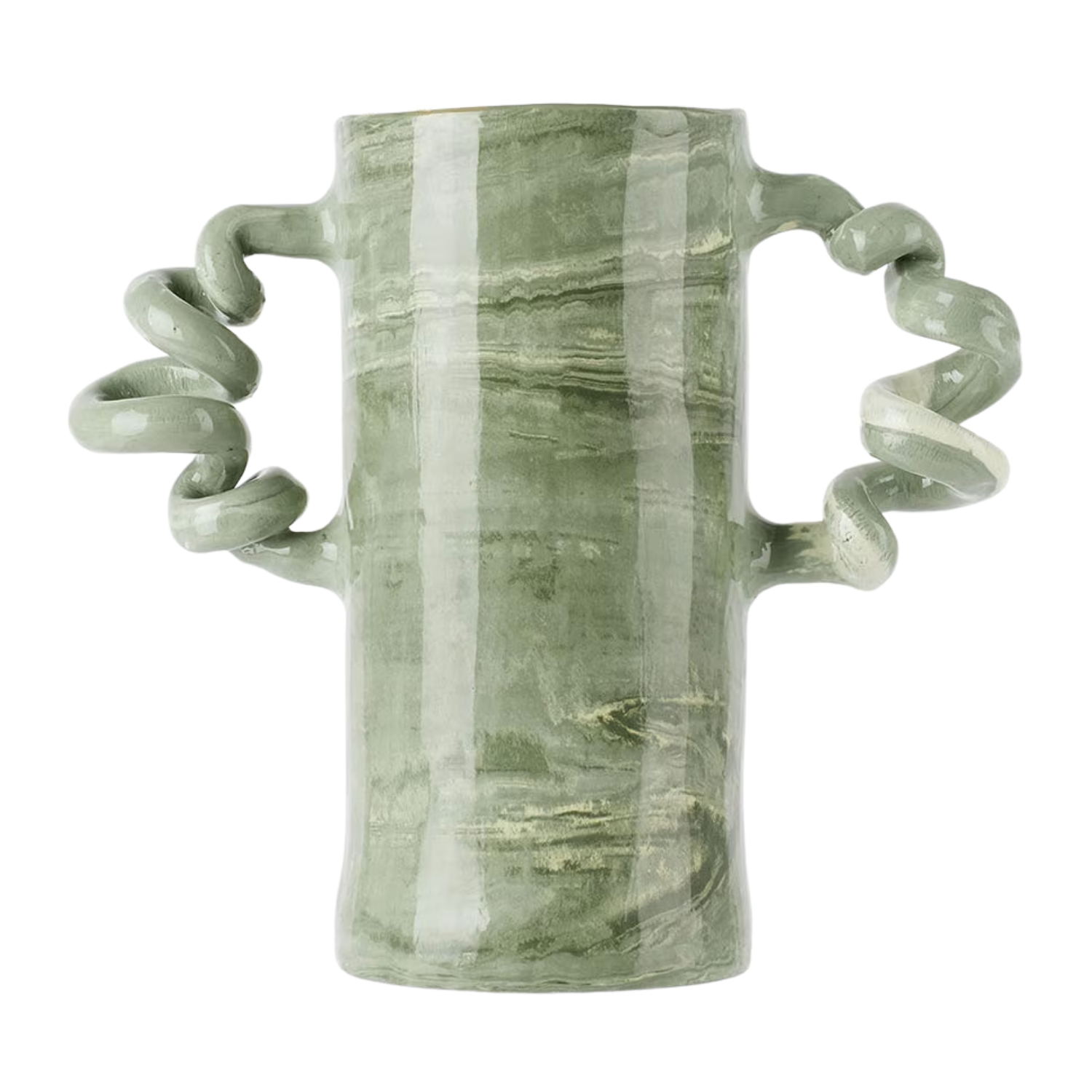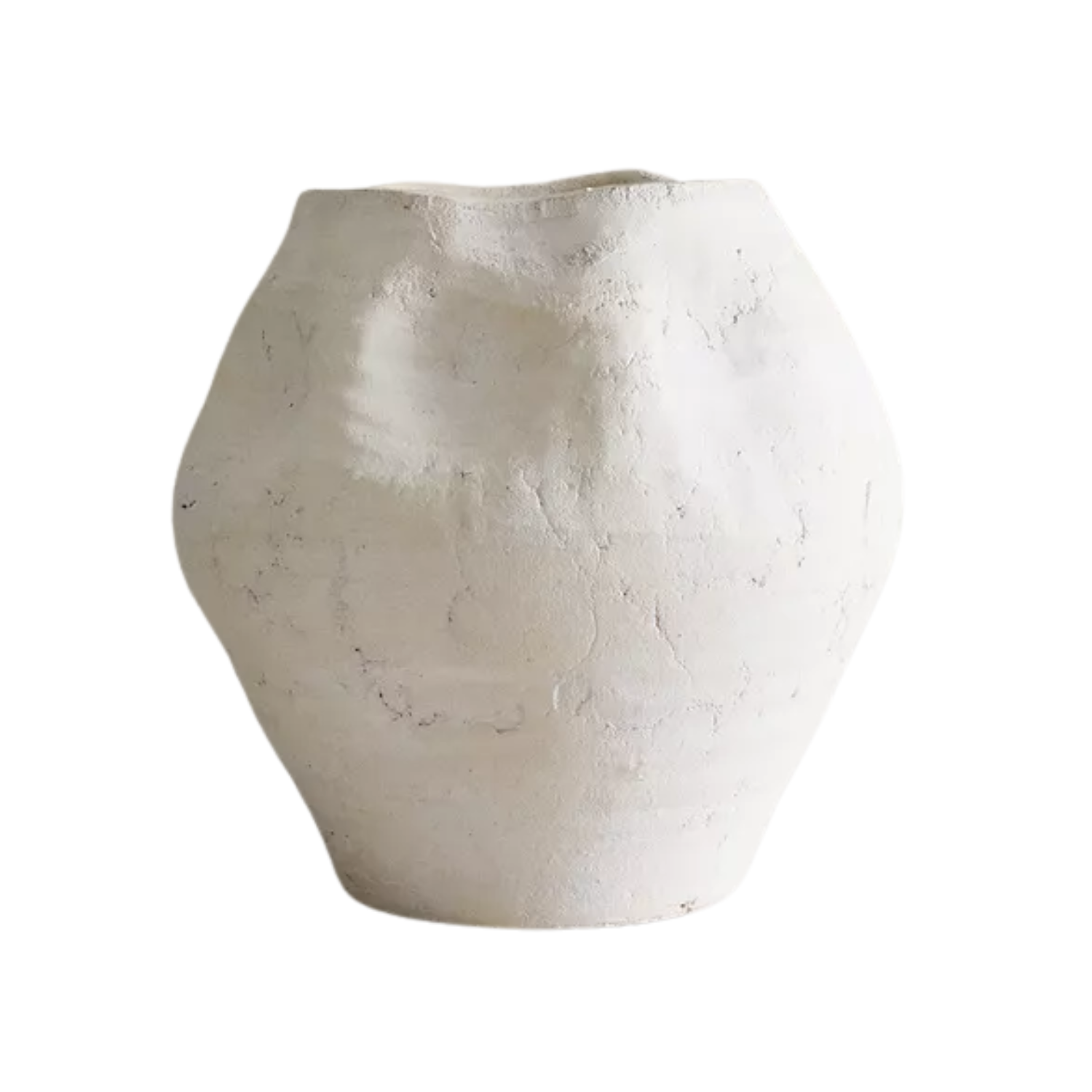I've Discovered This Floristry 'Recipe' That's the Trade Secret to Elevating Your Grocery Store Flowers at Home
Just in time to treat your home to a bouquet of gorgeous spring blossoms, except now you can take all the credit
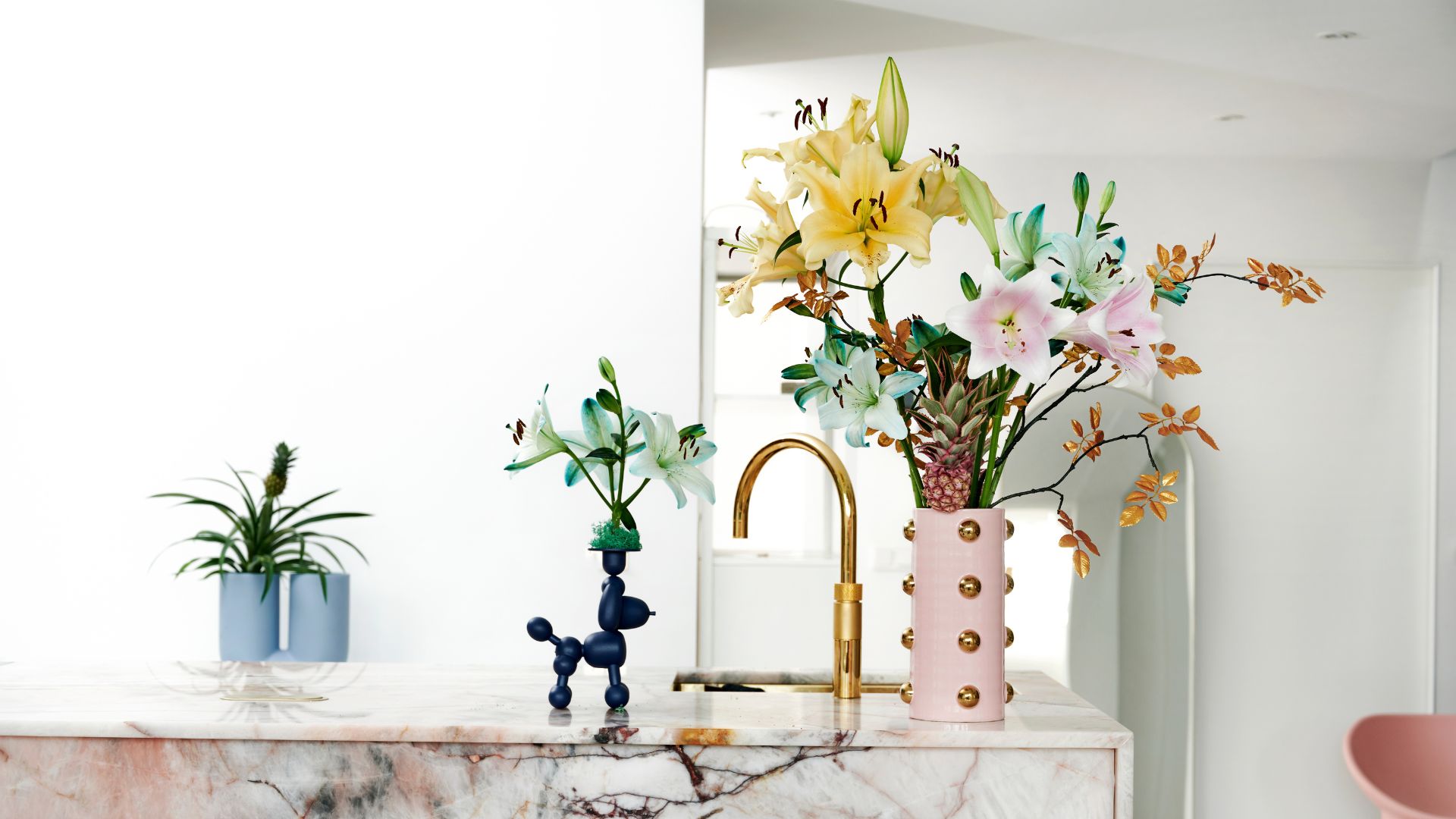

Peonies, tulips, dahlias, buttercups, and beyond. The list of spring flowers I'm keen to experimentally arrange is simply never-ending. But every time I gather my pick of blossoms and a vase to go along, I'm left wondering where to begin.
This cartoon-esque question mark above my head has since been banished, and the reason for it? The 60-30-10 rule. Now, if you're an avid Livingetc reader (you've got taste) or a design enthusiast, you're likely familiar with this color palette ratio.
But you might be wondering what it has to do with floral arrangements, and how? Let's find out.
60-30-10 Rule for Floral Arrangements
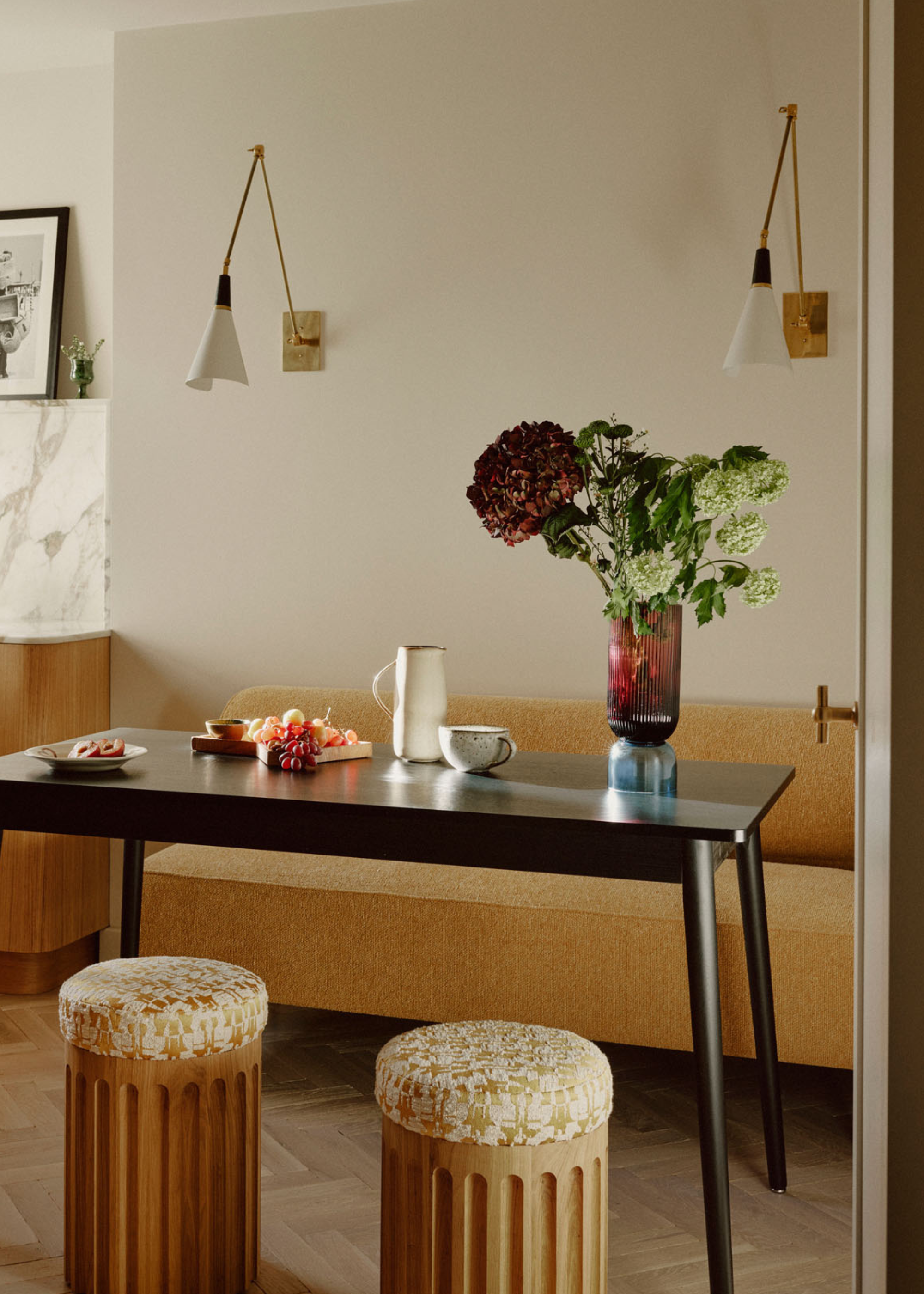
A little structure with your color scheme will prove abundantly helpful.
Althea Wiles, founder of Rose of Sharon Floral Design Studio, tells me the rule is the secret recipe behind a truly eye-catching arrangement. "Think of it as your roadmap to balance," she says.
"60% of your flowers in your main color, creating that beautiful foundation, 30% in a supporting color that complements and enhances, and that final 10% as your little surprise color that makes the whole arrangement pop and come alive."
Decorating with flowers starts with assembling a bouquet that works with your space, and at the center of this concept is color. So if, like me, you've spent more time picking every flower you like, regardless of their color compatibility, it might be time to rethink your ways — as have I.
Althea Wiles is the founder and head designer at Rose of Sharon Floral Design Studio. She has been a florist for 30 years, and enjoys designing amazing arrangements, creating beautiful bouquets and working with wonderful flowers.

No longer will your floral arrangements look colorfully confused.
Gloria Sims, owner of Florist Empire, also recommends the rule for floral arrangements. "Although applied mainly in interior design, it also works wonders in floral design to please through gentle guidance of the eye," she says.
"This floral arrangement rule will help you curate arrangements that are purposely achieved instead of being overwhelming or time-consuming. This is especially helpful for larger centerpieces or focal installations that need to flow together for cohesion."
Trusted by professional florists and designers alike, this color scheme rule will allow you to immerse yourself in 2025's flower trends with the confidence of a pro. And what will follow is a newfound appreciation for the beauty that is spring flowers.
Gloria Sims founded Florist Empire in 2023, and has been a florist for over 15 years. Her website is a one-stop-shop for people interested in floristry, gardening, or anyone trying to send flowers to someone special.
And It's Not Just About Color

These color palettes are florist-approved and free to steal.
"Another thing to consider for the 60-30-10 rule is that bloom size and texture also play a vital role, not just color," says Gloria. "The dominant color should generally be represented in medium to large flowers to set the base.
"The secondary color should be slightly smaller or looser in texture, while the accent color should come from small yet brilliant flowers or foliage — think hypericum berries, thistles, or colored ribbons and wrappings."
This way, she explains that the arrangements not only achieve harmony with color but are also able to create an interesting scale and texture.
And I have no doubt that if you choose to go the floral route in the way of spring table centerpieces, this simple rule will transform your once beginner-level bouquet into an artful masterpiece that will catch compliments with ease.
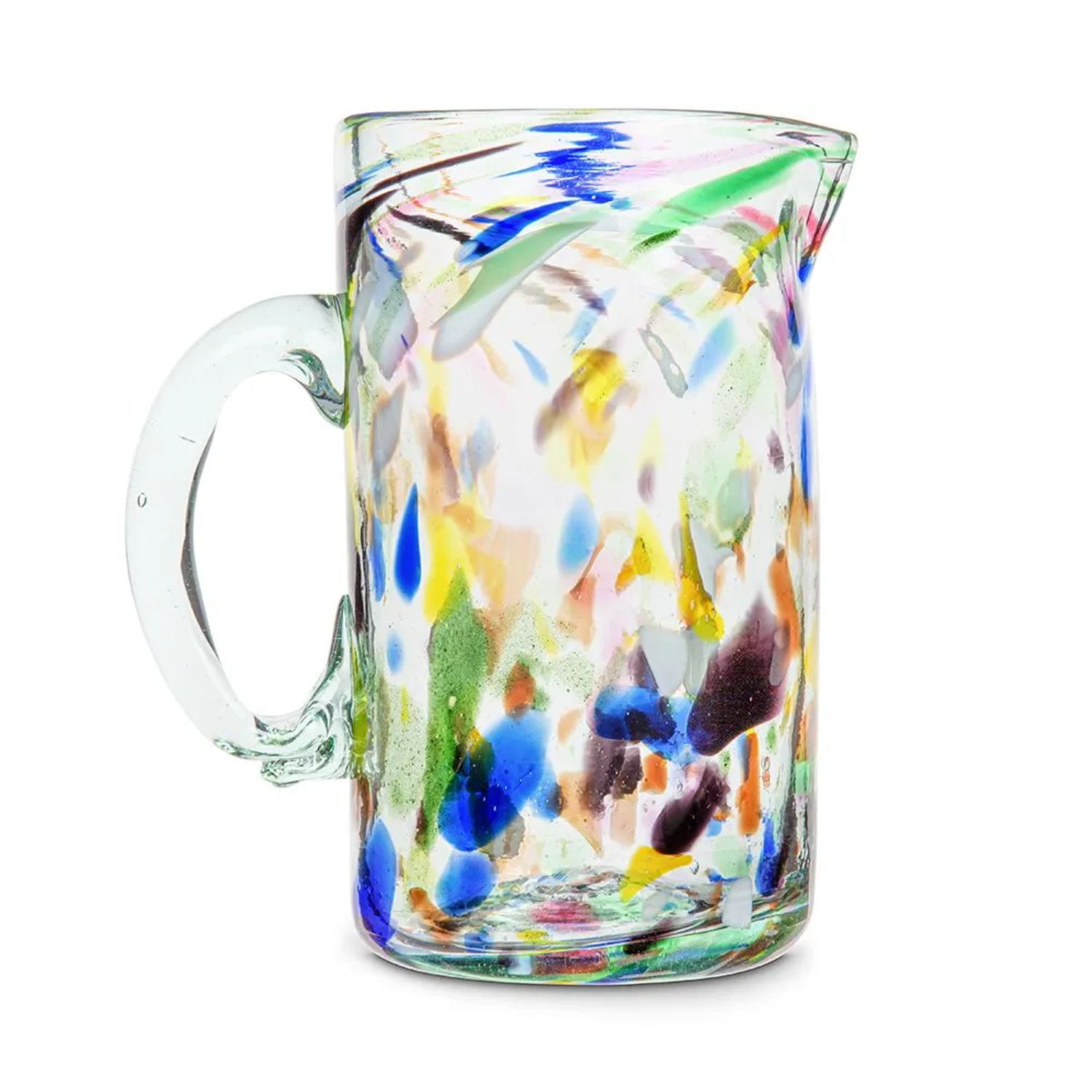
Color: Multi
I've been eyeing Late Afternoon's homeware for some time now, but this brilliant Terrazzo Jug from Heal's might just have taken my love for the label to a whole new level.
FAQs
How Many Colors Should you use in Flower Arrangements?
Ideally, as noted by the rule, it's best to limit your color palette for floral arrangements to three hues. However, anywhere between two to five colors can work. Just remember that as your color palette grows, so does room for a busy bouquet that looks a touch out of place.
If you do choose to enlist help from a couple of extra colors, try and find blooms that are within the shade range of your three primary colors. By working with softer hues or darker punches of the same color, you can minimize visual overwhelm.
It's about time you save your coin, embrace the process, and take all the credit for your floral creations. So before your next garden party, venture into your favorite flower store, collect the stems of your choice, and begin what I'm sure will be the start of a hobby you won't want to quit.
Be The First To Know
The Livingetc newsletters are your inside source for what’s shaping interiors now - and what’s next. Discover trend forecasts, smart style ideas, and curated shopping inspiration that brings design to life. Subscribe today and stay ahead of the curve.

Amiya is a Home Wellness Writer at Livingetc. She recently graduated with a Masters Degree in Magazine Journalism from City, University of London, and has lent her words to beauty, fashion, and health sections of lifestyle publications including Harper’s Bazaar and Women’s Health. Her experience as a research analyst has equipped her with an eye for emerging trends. When she’s off the clock, she can be found reading, listening to music, or overanalyzing her latest Co-Star update.
-
 Slub Weaves and Silver Sardines — H&M Home Makes a Case for a Summer Edit That Doesn’t Take Itself Too Seriously
Slub Weaves and Silver Sardines — H&M Home Makes a Case for a Summer Edit That Doesn’t Take Itself Too SeriouslySomehow, they’re both having a moment — and H&M Home knows exactly what to do
By Julia Demer
-
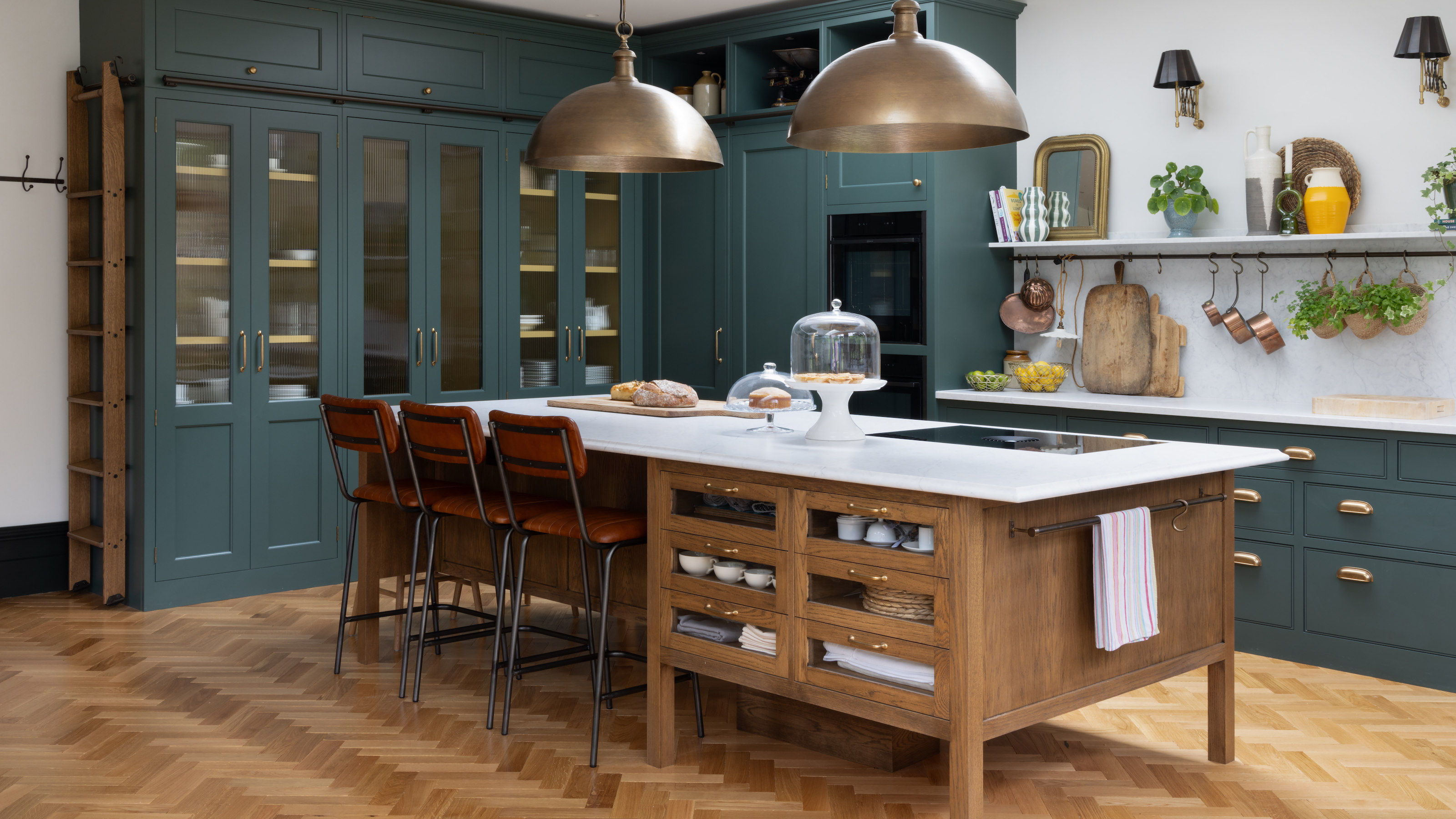 10 Ladder Kitchen Cabinet Ideas That Make the Most of High Storage and Make Your Scheme Feel Classy
10 Ladder Kitchen Cabinet Ideas That Make the Most of High Storage and Make Your Scheme Feel ClassyRail ladders in a kitchen have a sort of elegance to them that's hard to ignore, but they're also practical for storage, too
By Linda Clayton
-
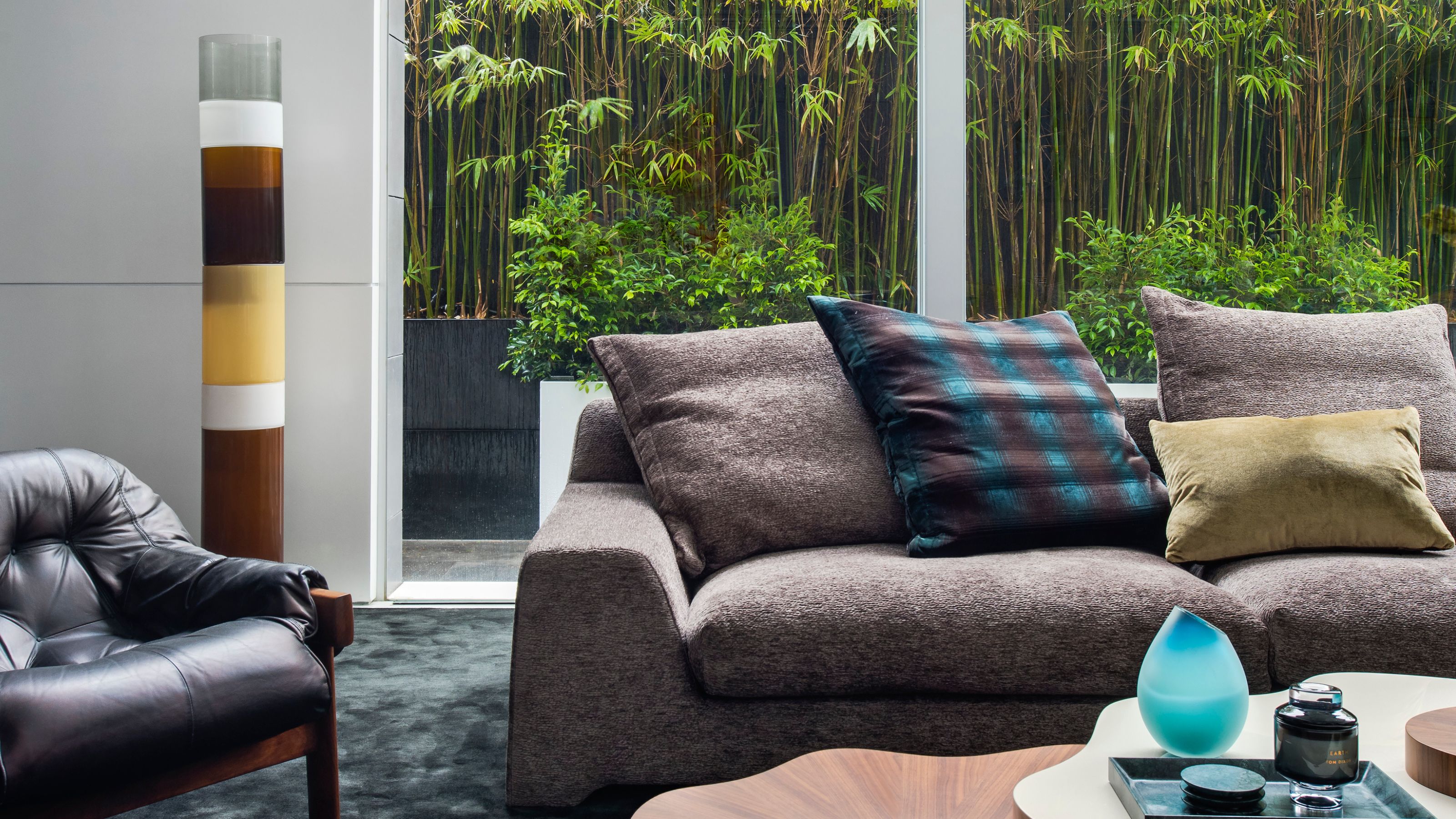 These Are the Dos and Don'ts of Bamboo Plant Placement — Follow This to Avoid Bad Feng Shui
These Are the Dos and Don'ts of Bamboo Plant Placement — Follow This to Avoid Bad Feng ShuiBy following the experts' guidance on where to place this houseplant you can usher luck, wealth, and prosperity into your home
By Lilith Hudson
-
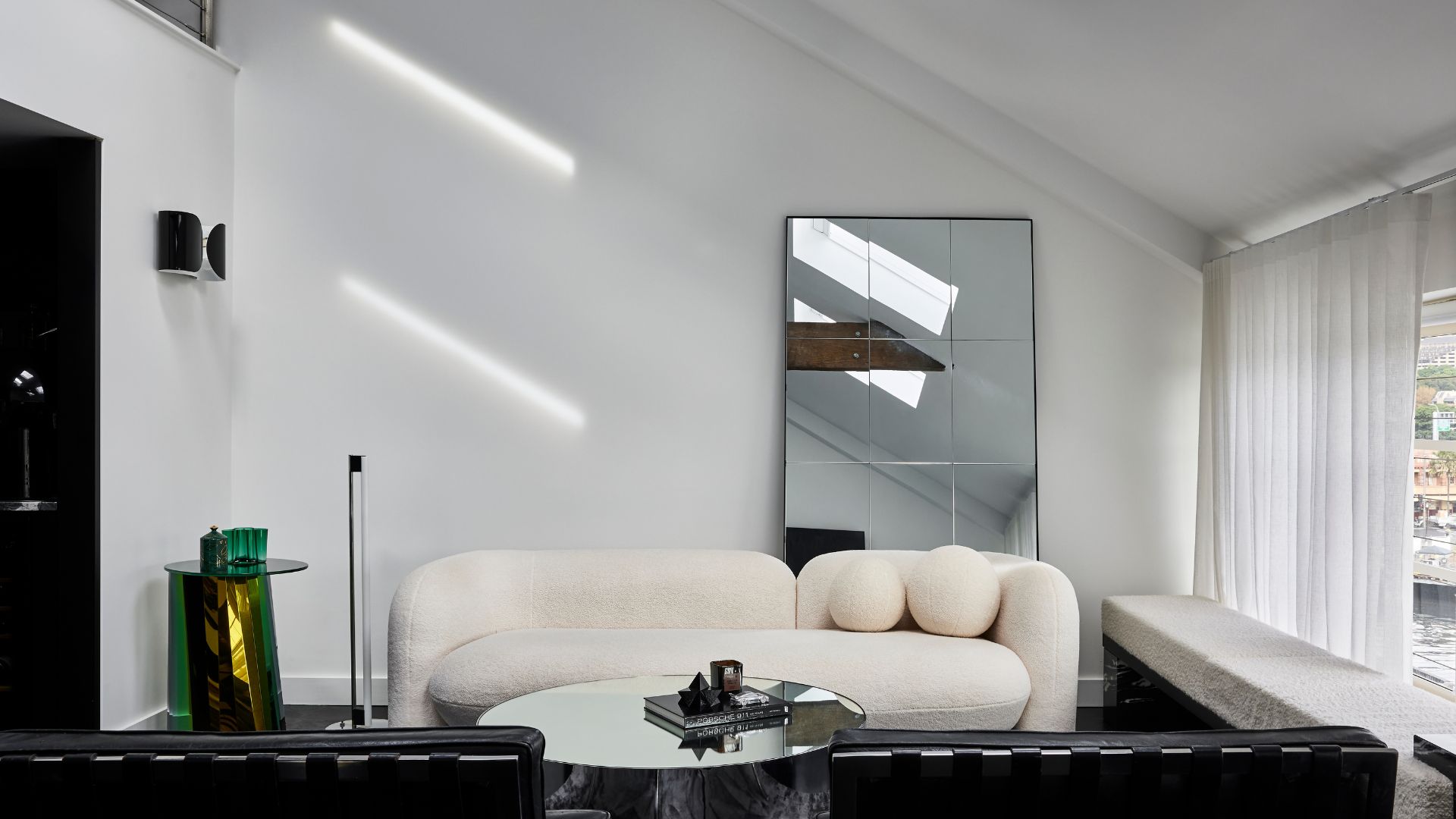 Is It Okay to Have a Mirror Facing a Door in Feng Shui? The Verdict Is In and It Just Might Surprise You
Is It Okay to Have a Mirror Facing a Door in Feng Shui? The Verdict Is In and It Just Might Surprise YouDecorating your home with mirrors calls for intention if you're dressing your space in accordance with Feng Shui. Here's what you should know.
By Amiya Baratan
-
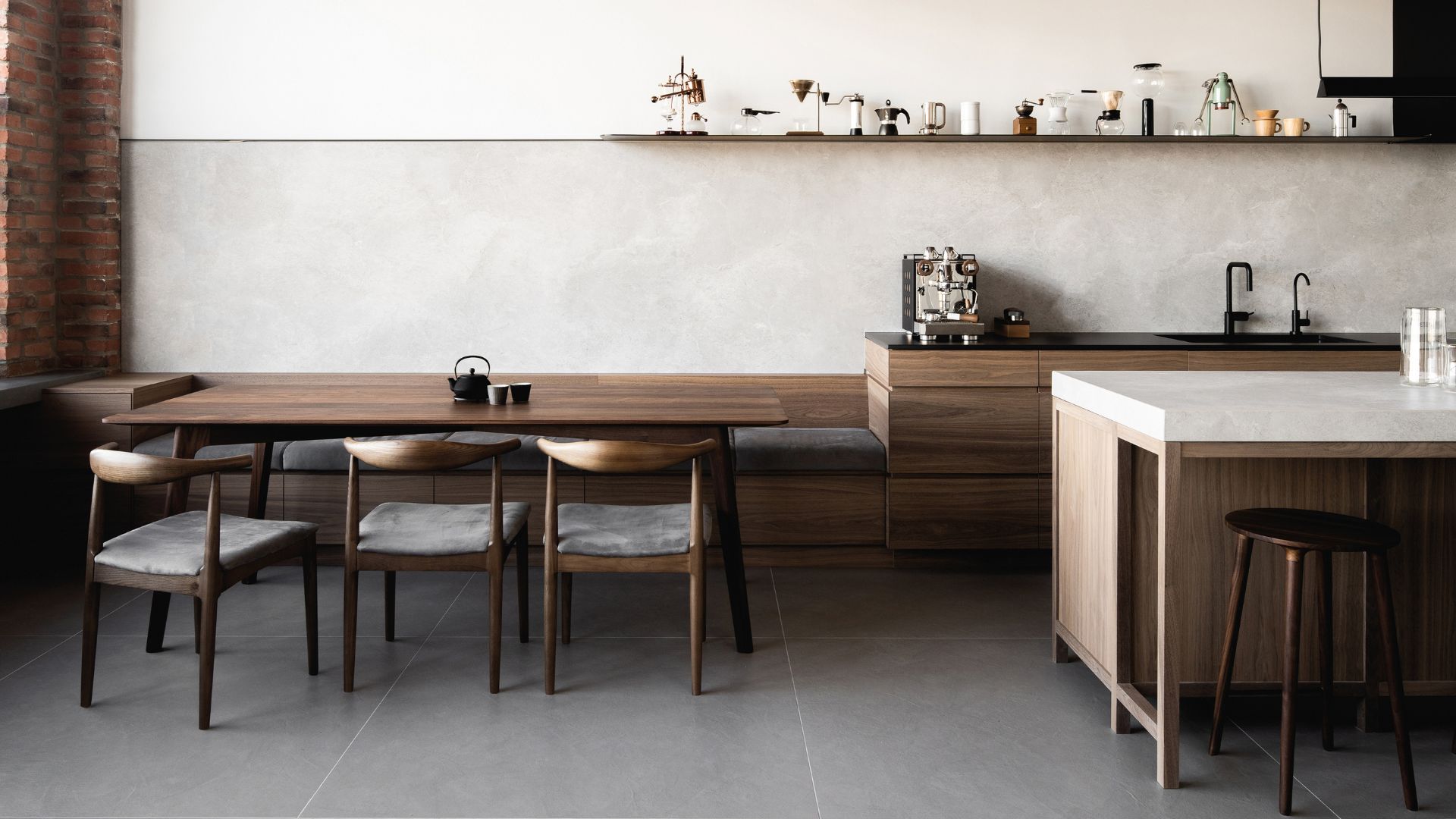 4 Things to Unpack as Soon as You Move House — For a Comfortable and Organized Fresh Start
4 Things to Unpack as Soon as You Move House — For a Comfortable and Organized Fresh StartIf you have a major move in the works and you're looking to prepare in advance, this is the starter kit you need to properly set up your new home.
By Amiya Baratan
-
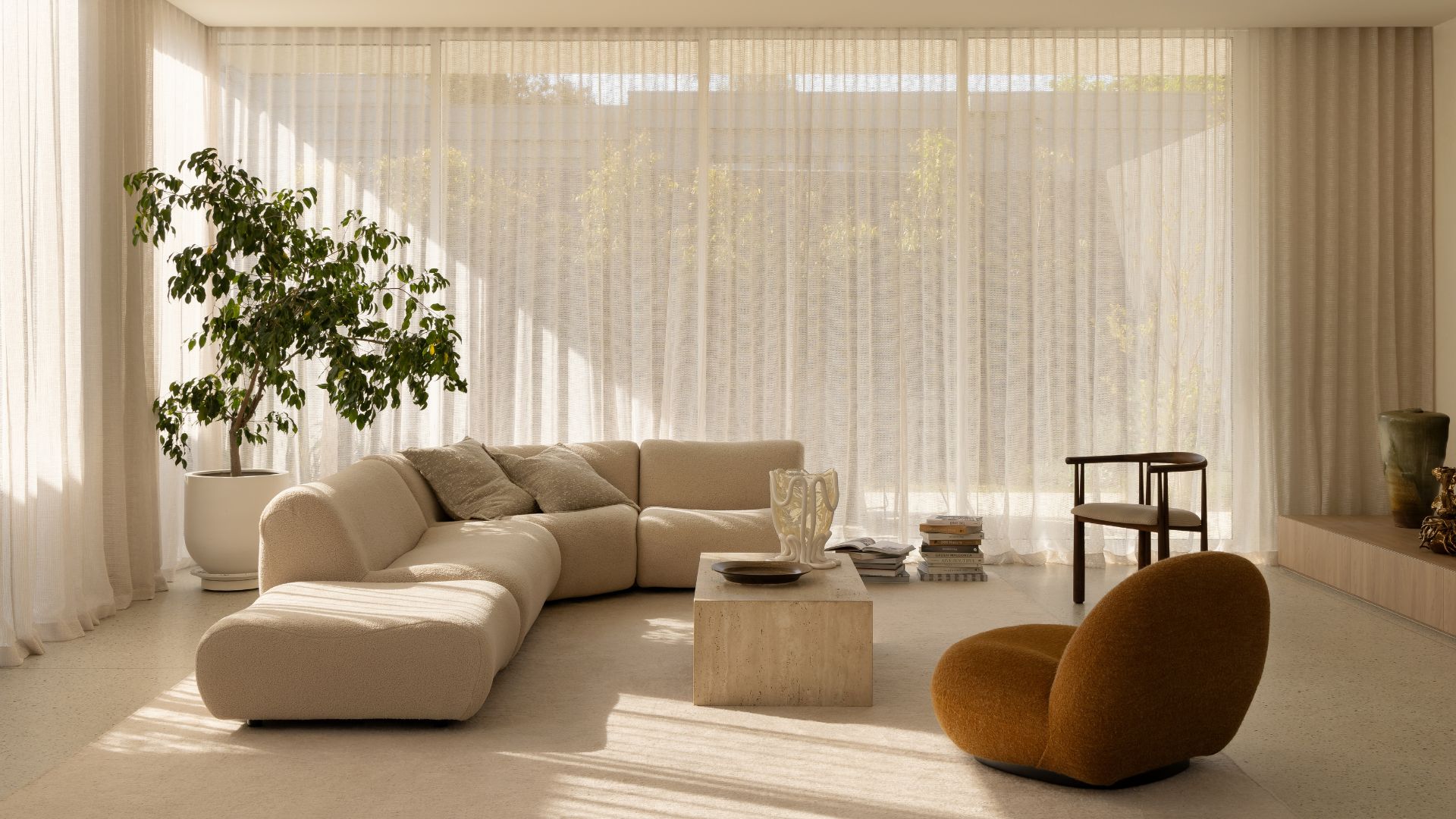 10 Decluttering Challenges to Have on Your Radar This Year — For a Tidier, More Mindful Home
10 Decluttering Challenges to Have on Your Radar This Year — For a Tidier, More Mindful HomeIf you're interested in transforming your home for the better, here are 10 decluttering challenges I recommend for a professionally tidy space.
By Amiya Baratan
-
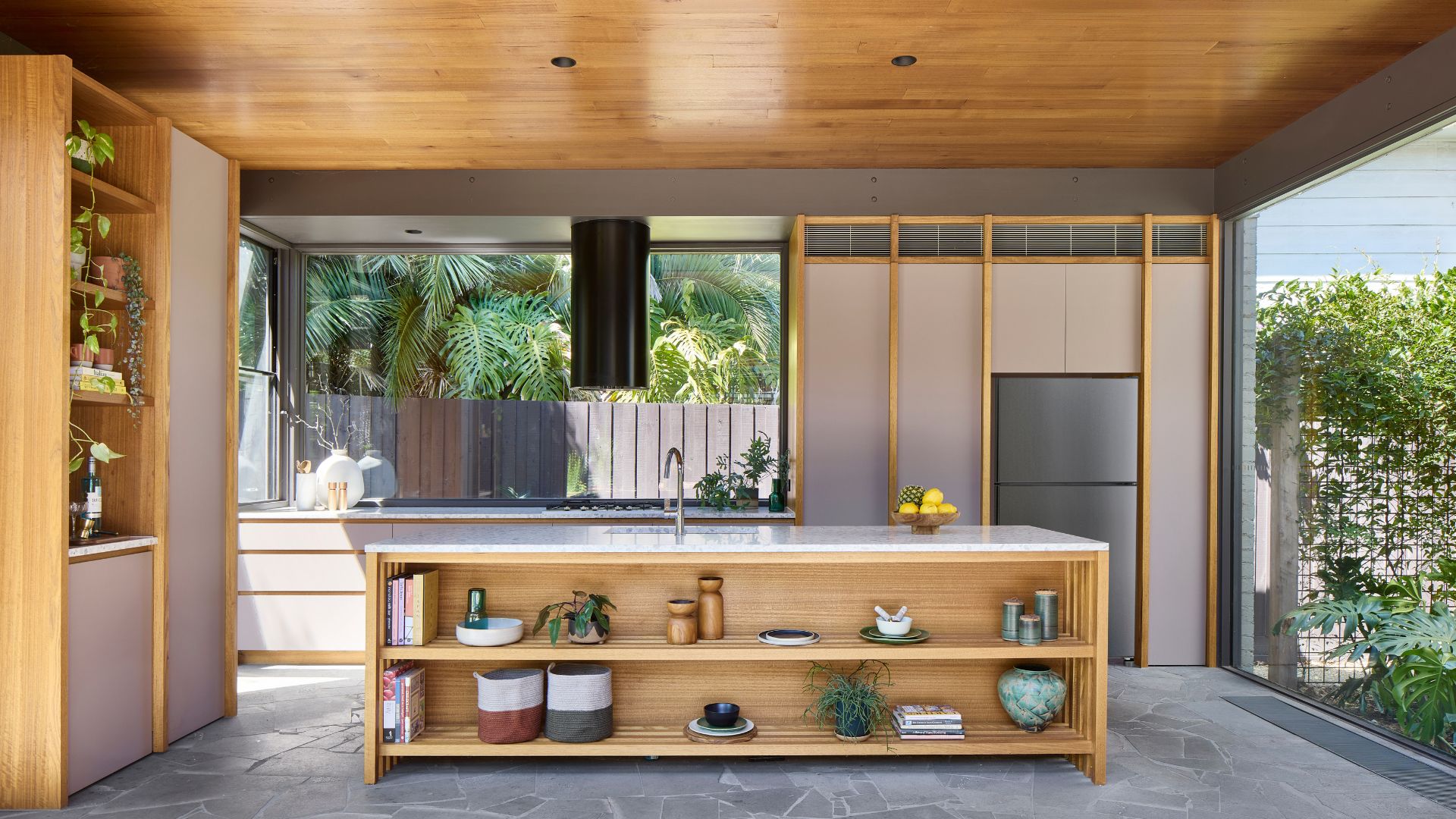 Biophilic Decluttering — What to Take Out of Your Home (and What to Put in) for a More Natural Home
Biophilic Decluttering — What to Take Out of Your Home (and What to Put in) for a More Natural HomeTry your hand at biophilic decluttering to ground your interiors, connect to the environment, and cure chronic clutter in one go. Here's how.
By Amiya Baratan
-
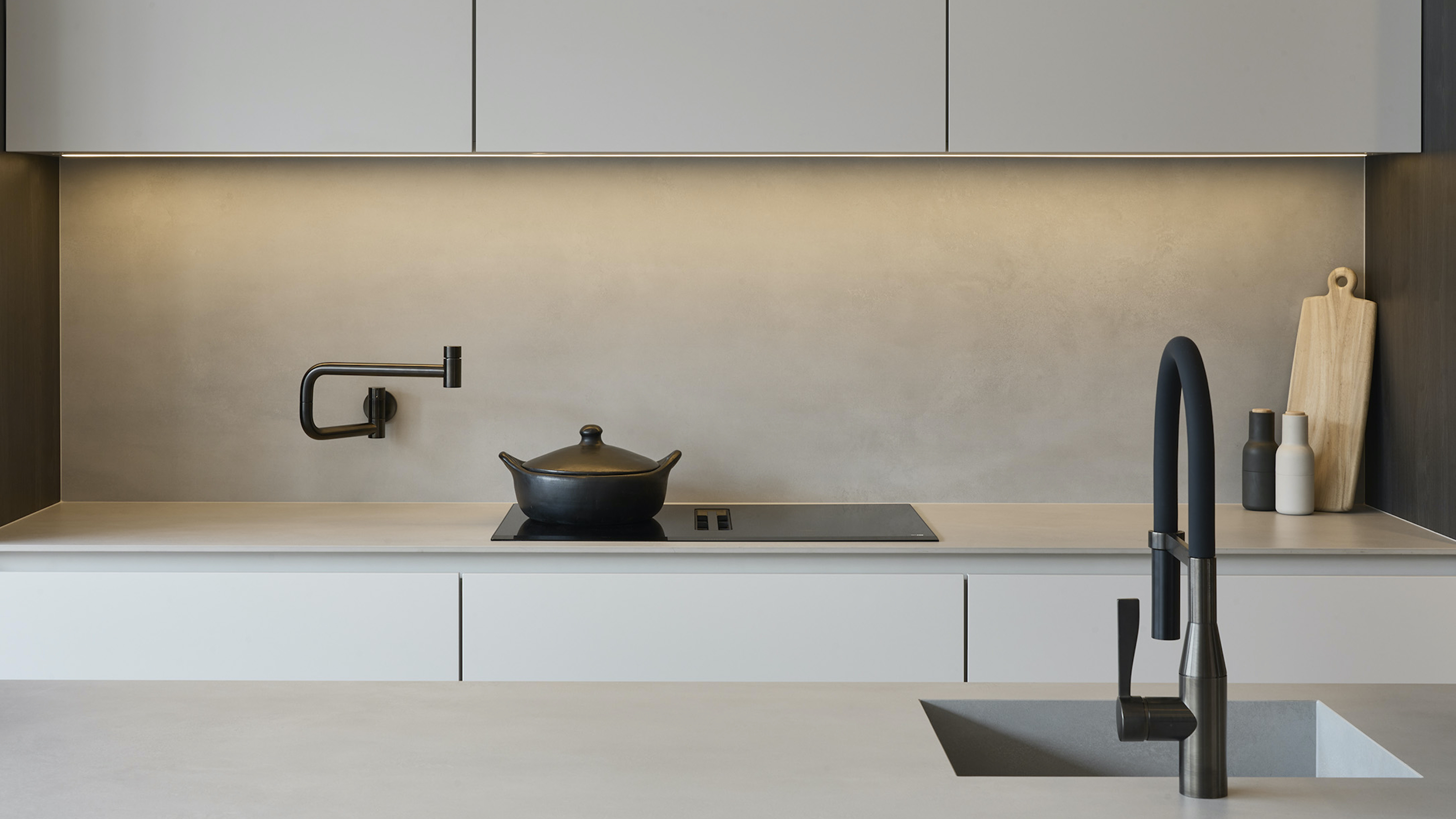 The 10 Different Types of Kitchen Taps — And the Pros and Cons of Each One to Know Before You Pick
The 10 Different Types of Kitchen Taps — And the Pros and Cons of Each One to Know Before You PickFrom sleek pull-outs to vintage bridge taps, explore 10 kitchen tap styles that mix function, flair, and a splash of cool
By Linda Clayton
-
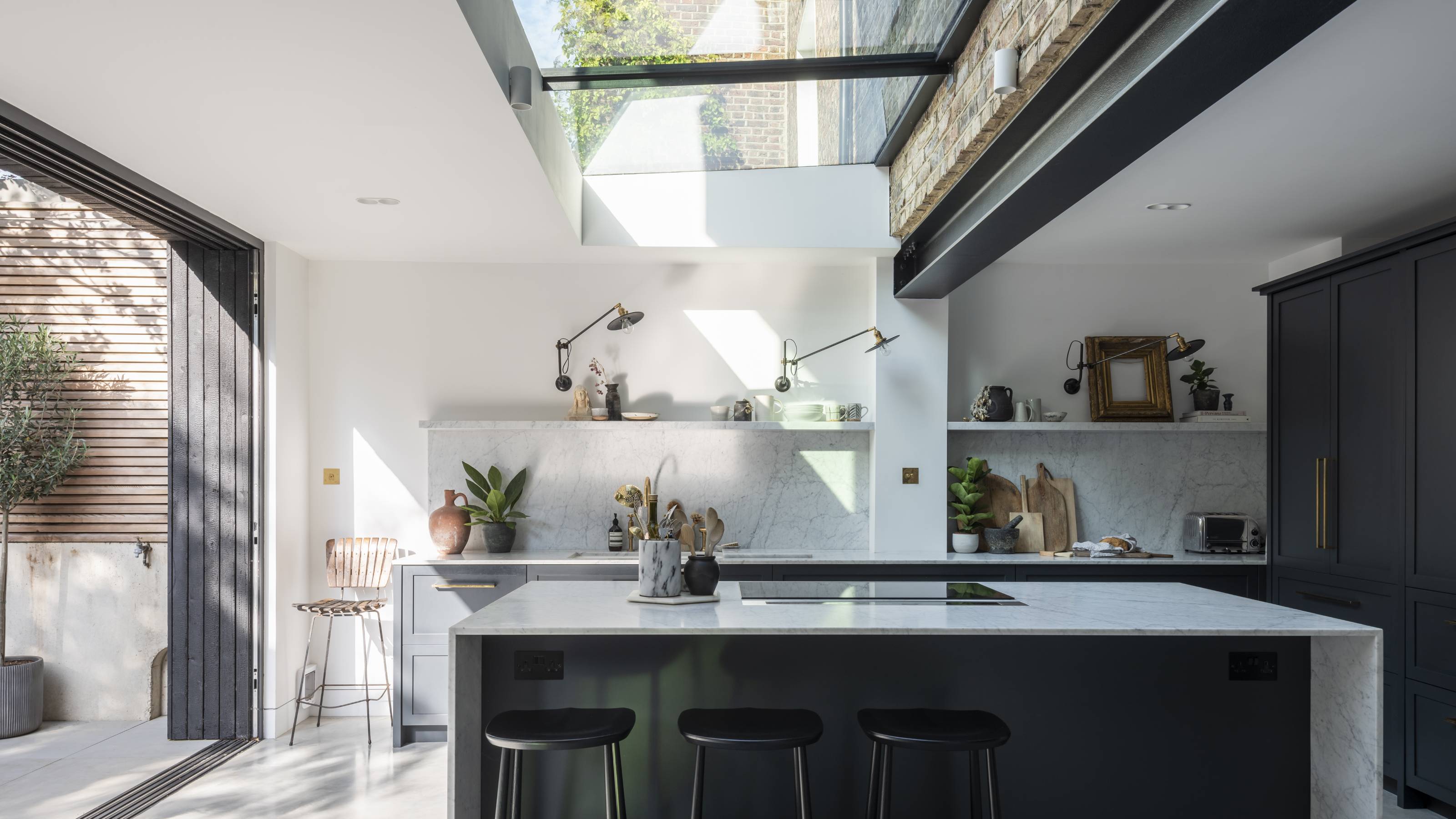 How Much Does an Extension Cost in 2025? Renovation and Design Experts Break Down Your Budget
How Much Does an Extension Cost in 2025? Renovation and Design Experts Break Down Your BudgetExplore how much different types of extensions cost in 2025 to budget for your project accurately
By Amy Reeves
-
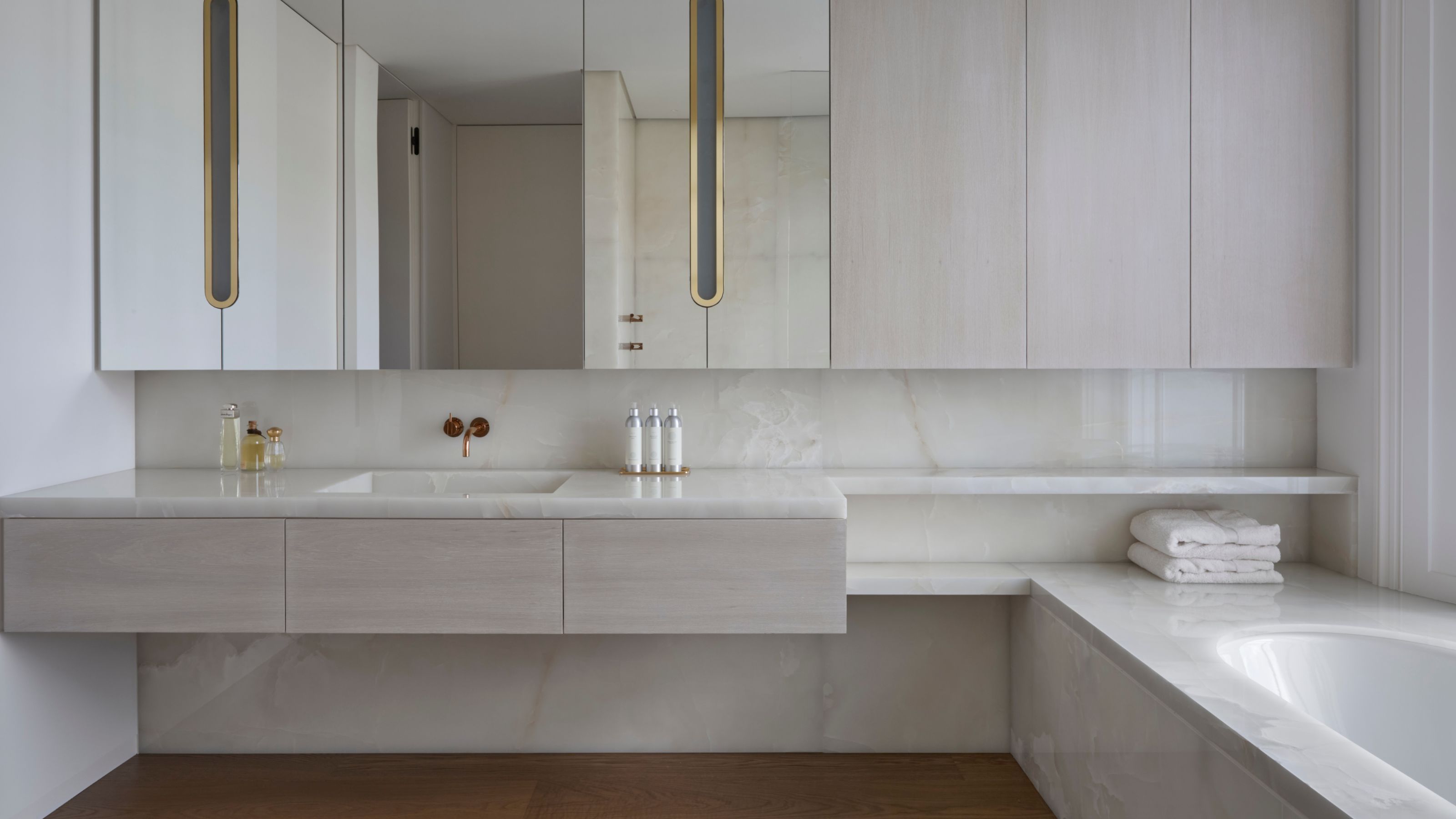 9 Bathroom Storage Mistakes You're Probably Making That Make Using This Space Much Harder — And What to Do Instead
9 Bathroom Storage Mistakes You're Probably Making That Make Using This Space Much Harder — And What to Do InsteadDiscover which mistakes are to blame for your overcrowded and cluttered bathroom
By Seraphina Kyprios
